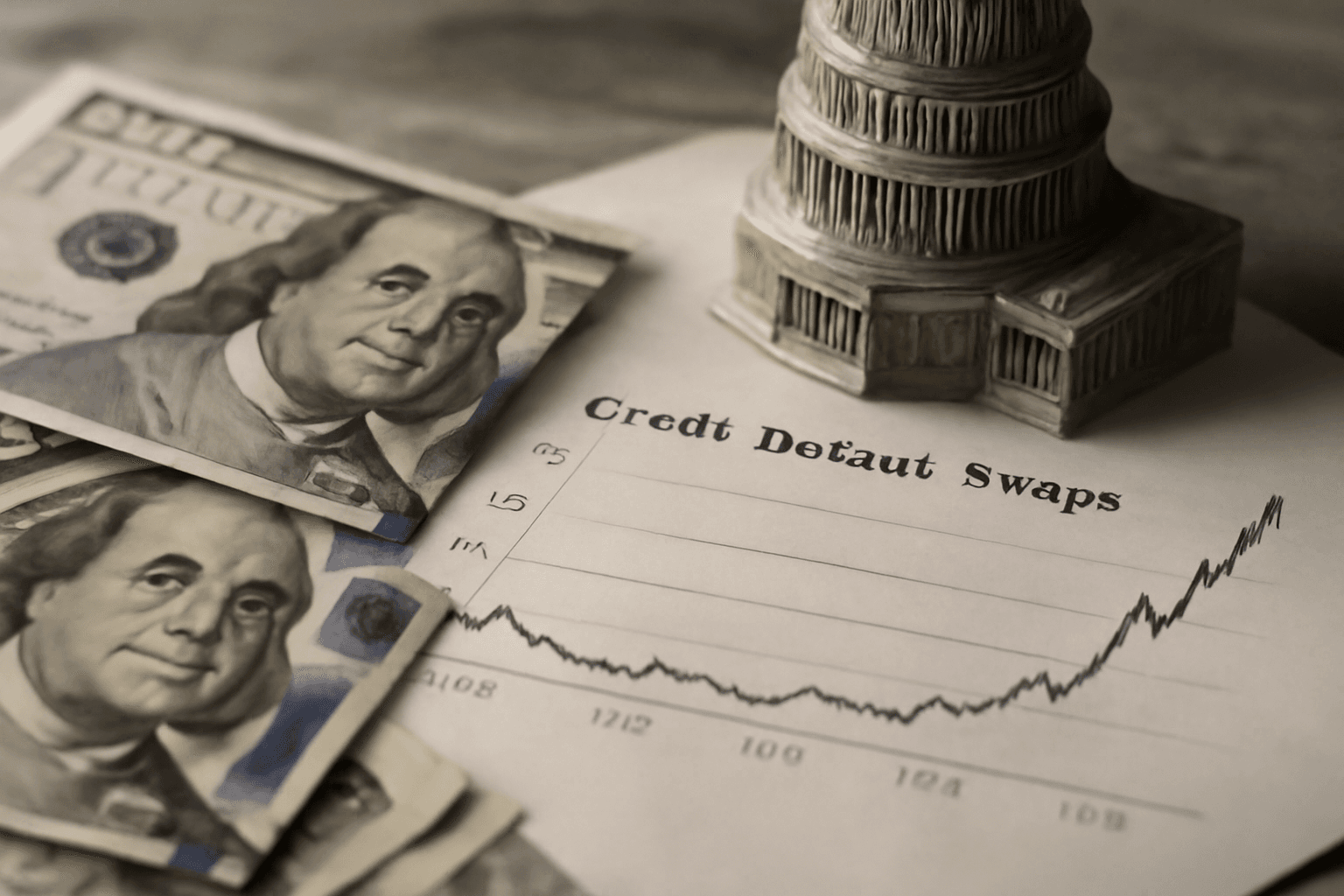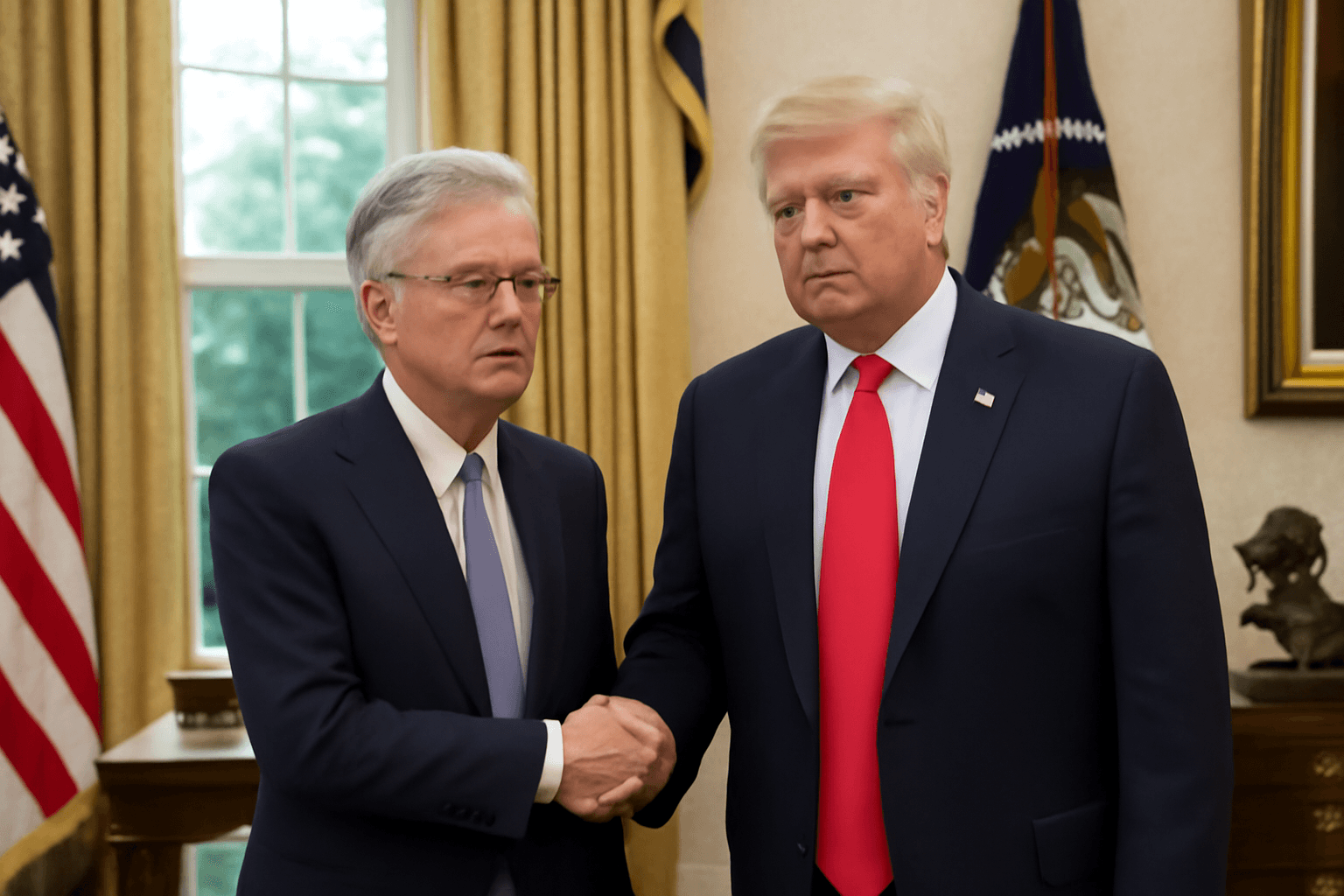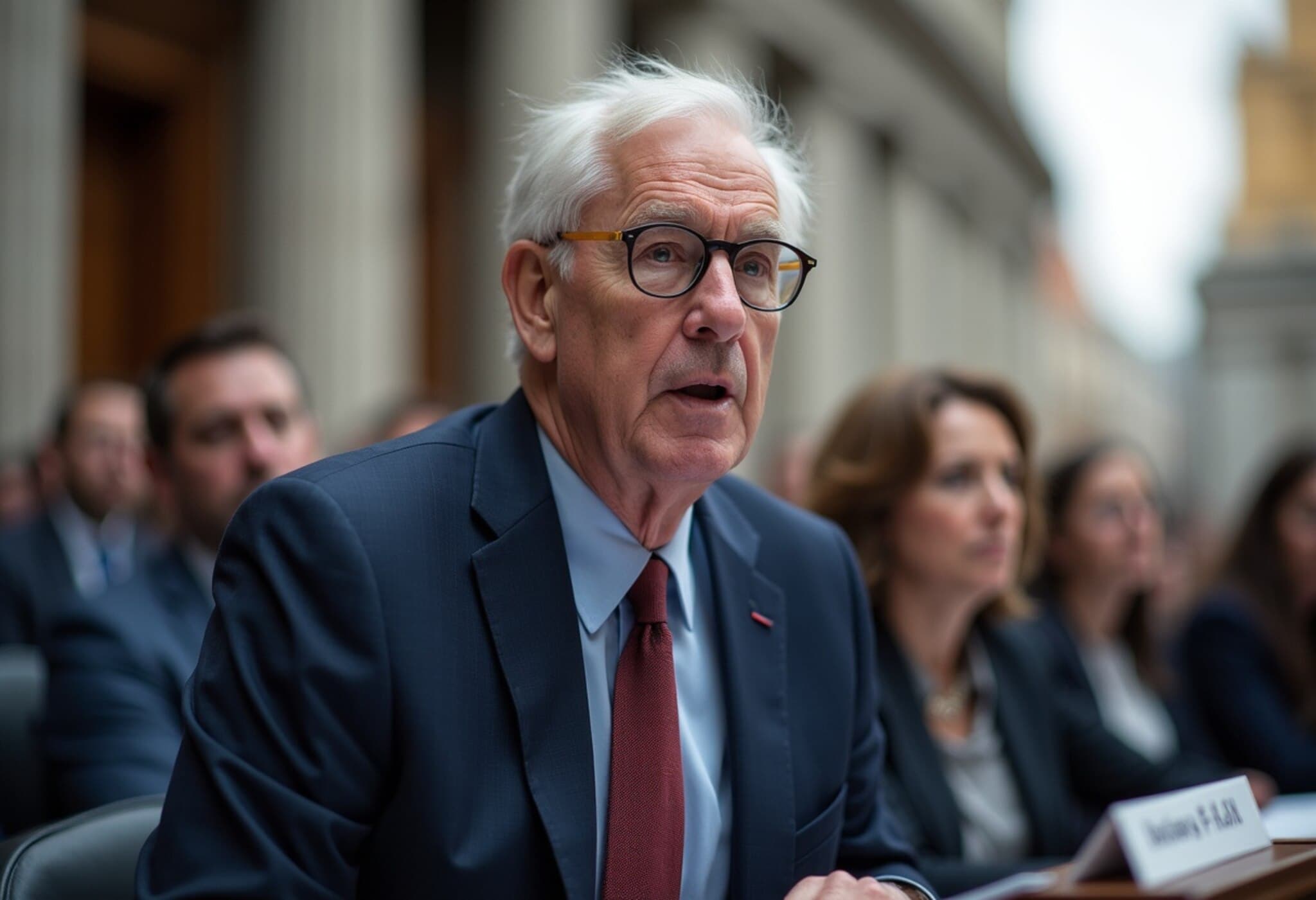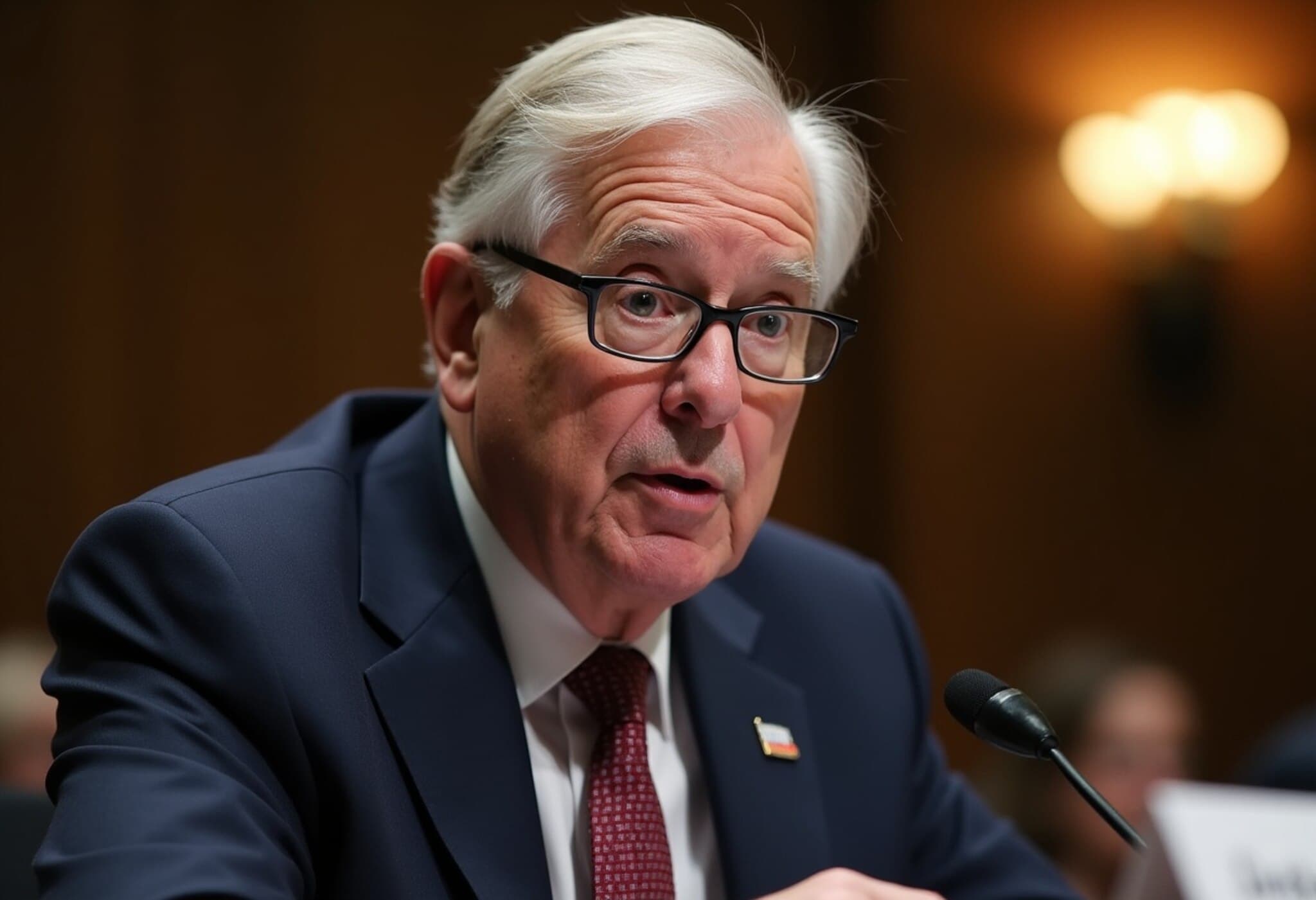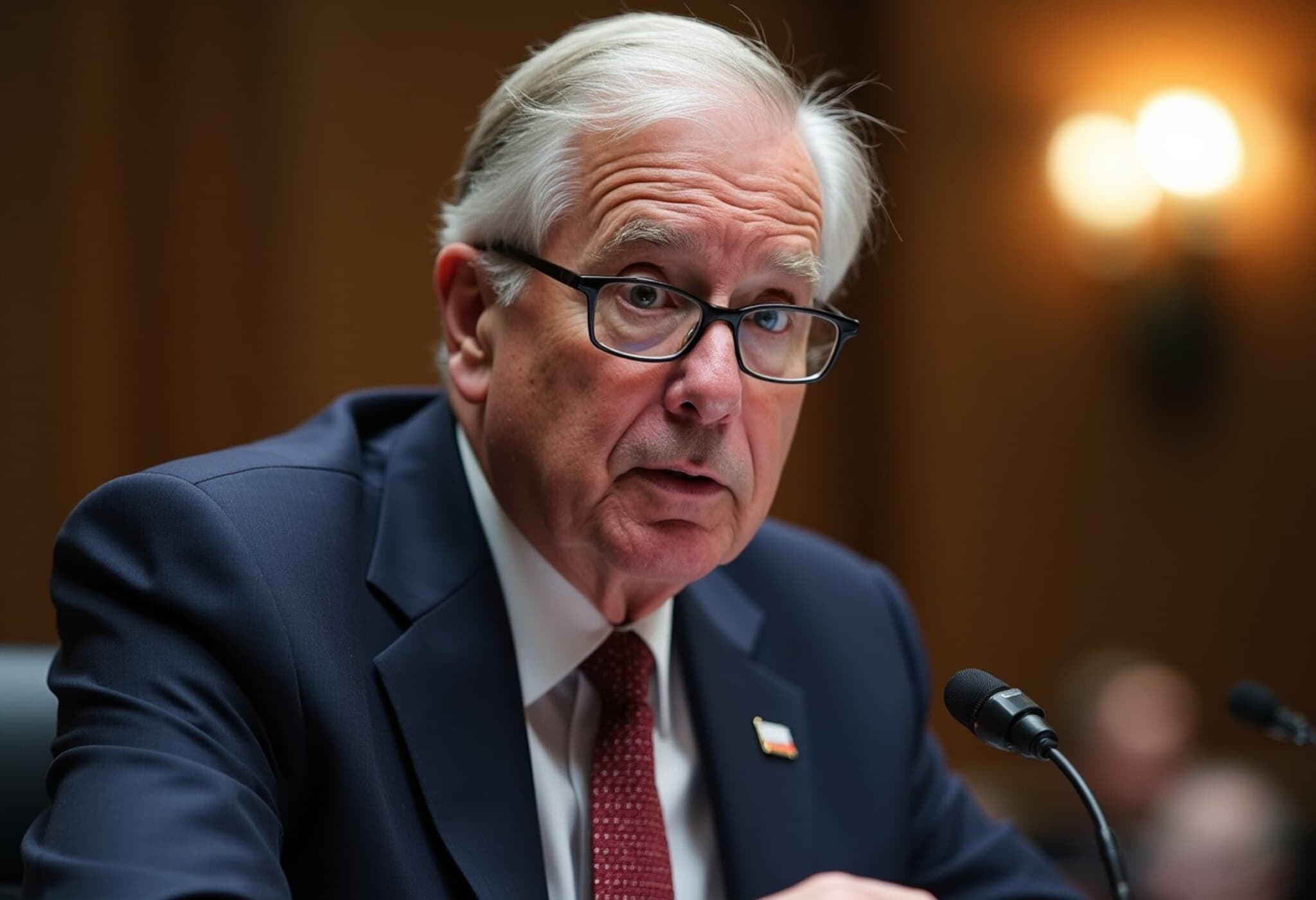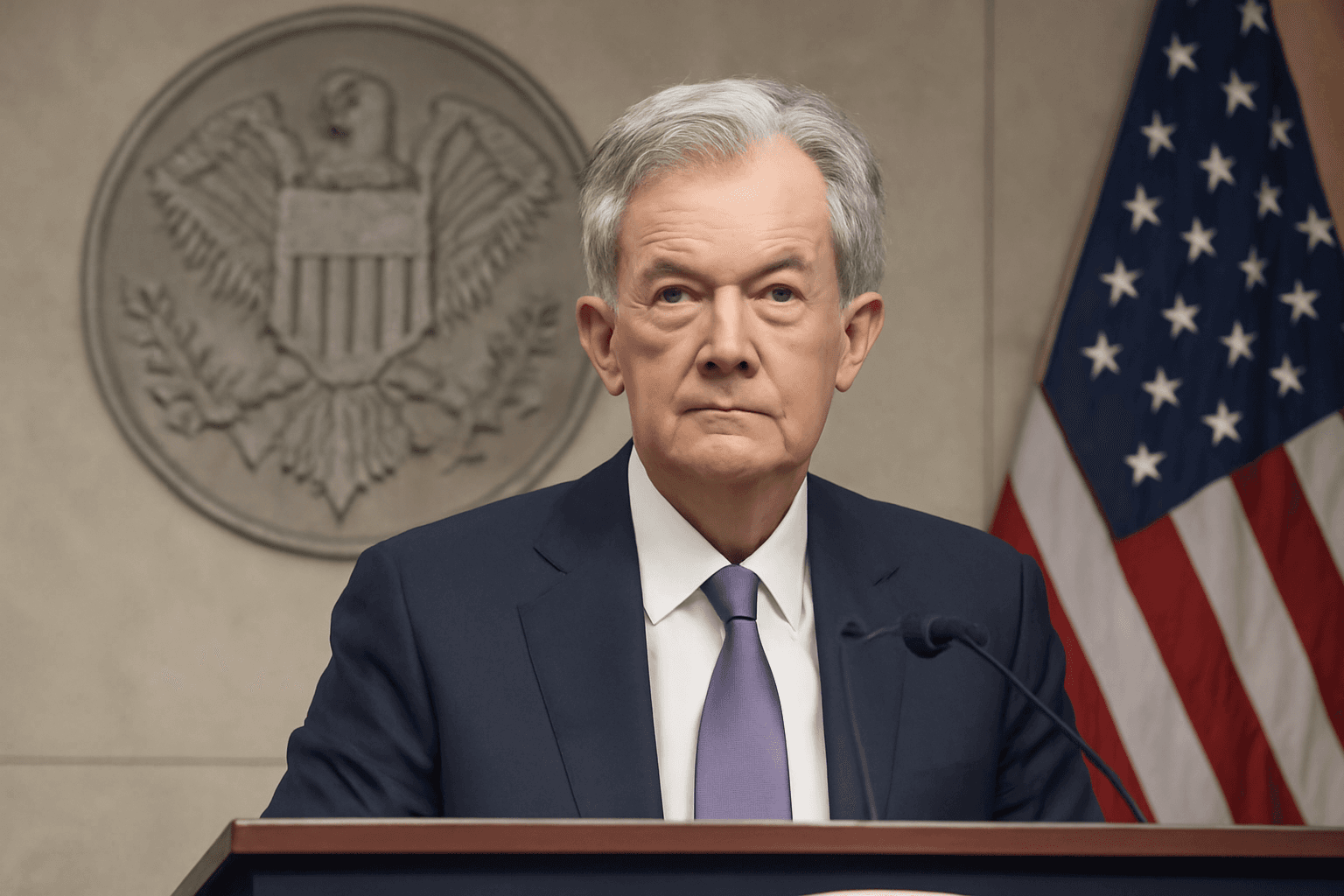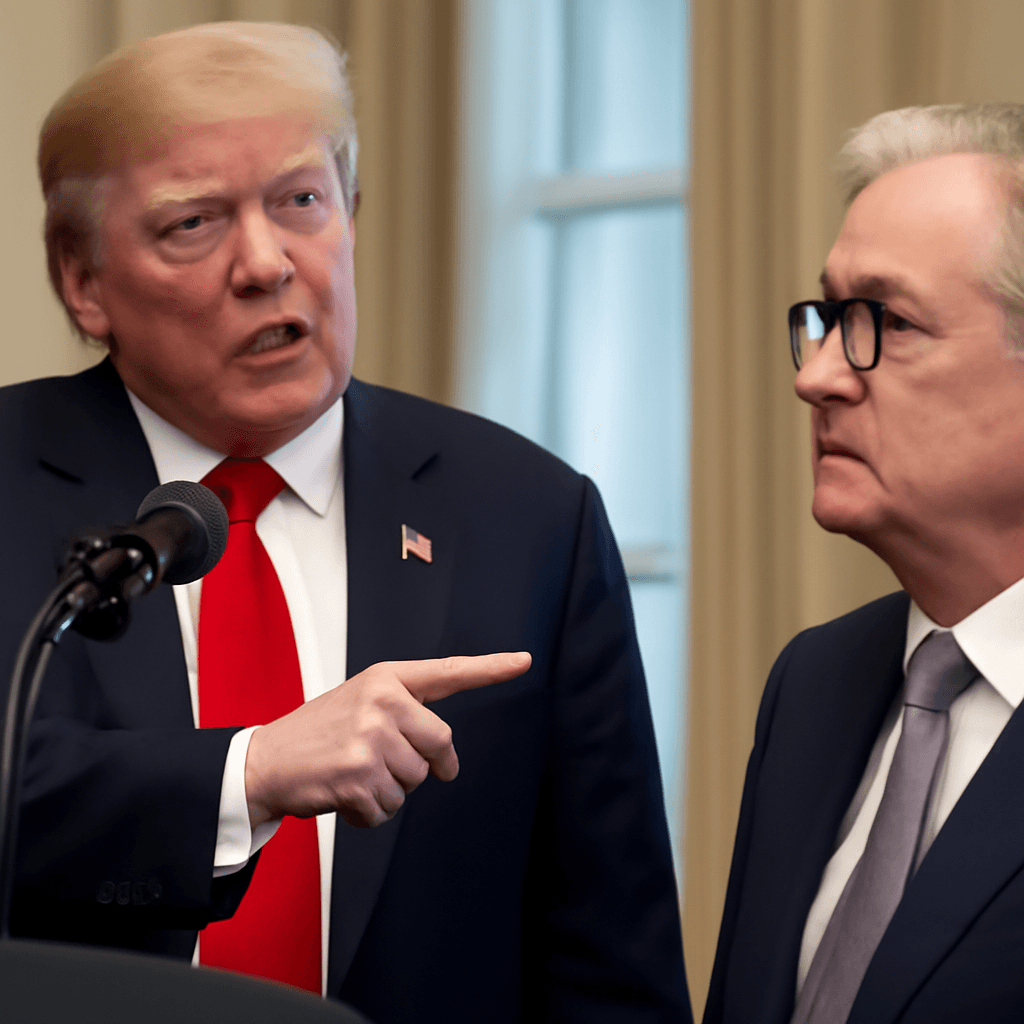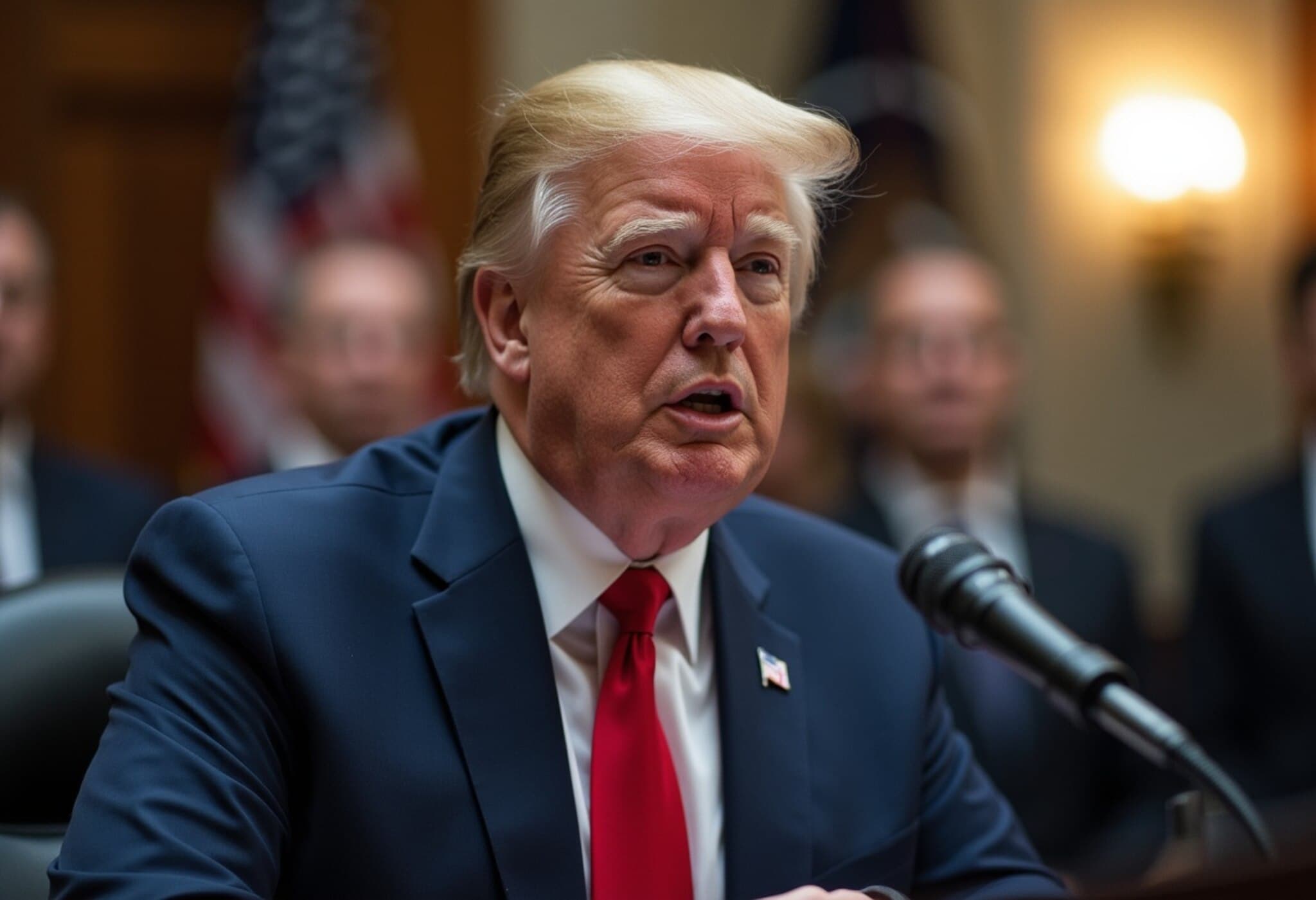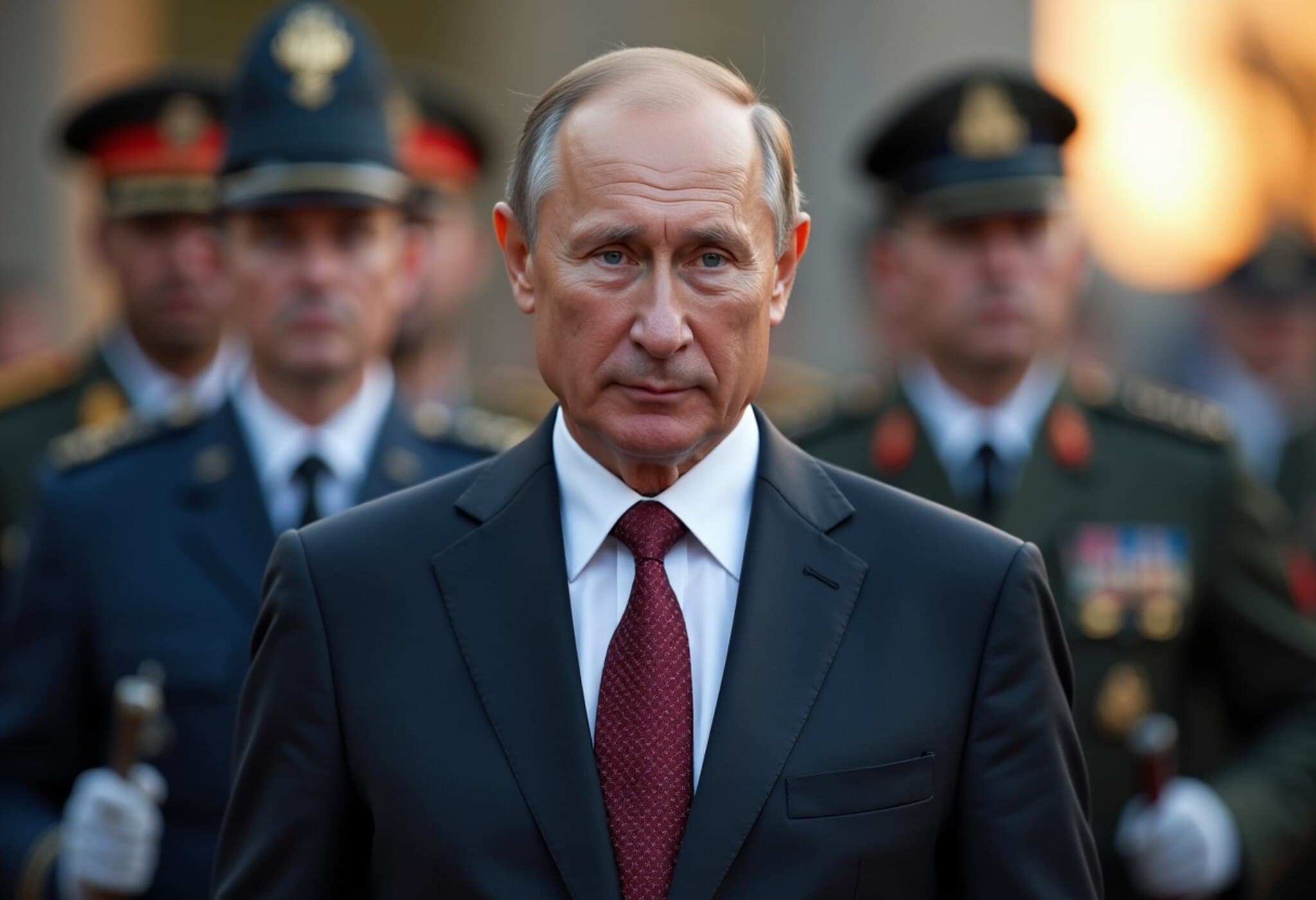Federal Reserve Maintains Rates Despite Tariff Concerns
In its latest decision, the US Federal Reserve opted to keep interest rates unchanged for the fourth consecutive meeting, maintaining the benchmark lending rate between 4.25% and 4.50%. This cautious stance comes amid rising concerns over President Donald Trump's trade tariffs and mounting geopolitical uncertainties.
Economic Growth Outlook Downgraded
The Fed revised its 2025 growth forecast downward from 1.7% to 1.4%, signaling expectations of a slowing economy influenced by trade tensions. Meanwhile, inflation projections were adjusted upward to 3.0%, alongside a modest rise in the anticipated unemployment rate to 4.5%.
Trump's Criticism and Central Bank Independence
President Trump has vocally criticized the Federal Reserve's cautious approach, notably labeling Fed Chair Jerome Powell as “stupid” for not reducing rates more swiftly. Despite this political pressure, Powell and Fed officials reaffirmed their commitment to making decisions based on objective economic analysis free from political influence.
Tariffs and Their Lingering Effects
Although recent tariffs imposed on steel, aluminum, autos, and other imports have not yet triggered widespread inflation, economists warn that the impact on consumer prices may take several months to materialize. Businesses have been able to lean on existing inventory, postponing immediate price hikes.
Market Reactions and Analyst Insights
- KPMG economist Benjamin Shoesmith suggests that without tariff uncertainty and geopolitical tensions, the Fed might have already lowered rates.
- Allianz Trade's Dan North points to continued consumer spending and steady job creation, indicating the economy does not currently demand rate cuts.
Looking Ahead: Patience amid Uncertainty
The Federal Reserve signals a watchful approach, anticipating two possible rate cuts later this year while many policymakers lean toward holding rates steady in 2025. With economic indicators mixed and external risks unresolved, the central bank appears to prioritize stability and measured responses over aggressive easing.







